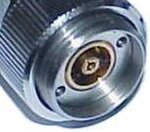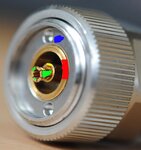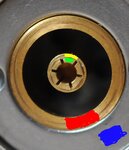redcrystalline
Advanced Member level 4
Hi
im wondering How does COLLET work in APC-7mm Connector?
i mean does in go inside when connector has been mated?
im so interested to see collet picture individually.
any note or reference or picture about collet functionality is welcomed
thakns
im wondering How does COLLET work in APC-7mm Connector?
i mean does in go inside when connector has been mated?
im so interested to see collet picture individually.
any note or reference or picture about collet functionality is welcomed
thakns




